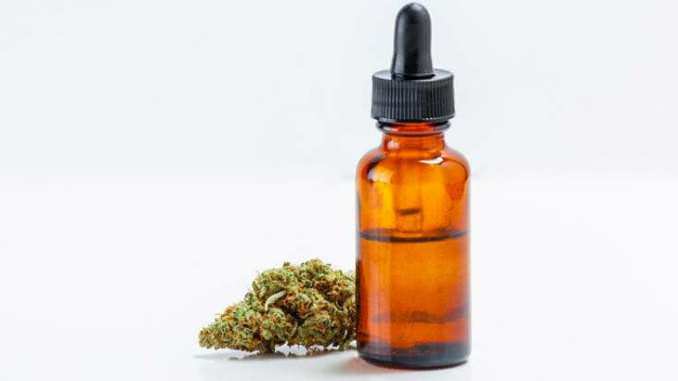Cannabis tinctures aren’t typically amongst the more popular methods of cannabis consumption, which is ironic because they’re one of the oldest forms of cannabis medicine. Perhaps the reason behind their apparent lack of popularity hides in their generally clean record and straightforward benefits that come with no strings attached – no controversy means not many headlines.
This is why we’ve decided to trace the roots of cannabis tinctures and give them the limelight they deserve.
Origins
Cannabis tinctures are ancient forms of cannabis medicine used by civilizations such the Roman Empire, however,Dr. WilliamO’Shaughnessy, one of the founding fathers of cannabis research,helped bring them, and medical cannabis as a whole, into the spotlight in 1839 with his book “On the Preparation of Indian Hemp, or Gunjah”. [1]
Adoption of Cannabis Tinctures and Development
At the time, industrial hemp (< 0.3% THC) was legal, and cannabis tinctures quickly became mainstream. In the beginning, however, depending on the starting biomass used for creating the product, tinctures were less potent than they are today.
Throughout the first half of the 19th century, cannabis tinctures were produced by local apothecary shops rather than by established pharmaceutical companies. More apothecary shops produced cannabis tinctures than those that didn’t, and to a certain extent that was probably due to the easy manufacturing process.
However, that changed as the second half of the 19th century came. People, at large, grew to prefer the promise of security and consistent quality that stood behind an established brand name in the field of pharmaceuticals. At times, the quality of local druggists’ cannabis tinctures varied from batch to batch. And while that was the main reason, it wasn’t the only one.
The misconception that Indian medical cannabis was superior to that domestically grown played right in pharmaceutical companies’ interest, as they were much more capable of obtaining Indian cannabis than local apothecary shops.
Last but not least, once big pharmaceuticals companies put their heads into cannabis tinctures, they soon had means, machinery, and techniques at their disposal which local druggists simply couldn’t compete with. Interestingly, cannabis tinctures remained in the US Pharmacopeia until 1942.
Pharmaceuticals Companies that Made Cannabis Tinctures
H.K. Mulford Laboratories (Today a part of Merck & Co.)
Abbott Laboratories
Parke Davis and Company (today known as Pfizer, Inc.)
Eli Lilly and Company
Squibb & Sons (today known as Bristol-Myers-Squibb)
William S. Merrell Chemical Company (today known as American Hoechst Corp.)
Lloyd Brothers (today known as American Hoechst Corp.)
John Wyeth & Brother Company (known today as American Home Products)
Merck & Company
Sharp & Dohme (Today a part of Merck & Co.)
Tilden & Company
Upjohn Company
Schieffelin& Company
Reference
[1] O’Shaugnessy, W. “On the Preparation of Indian Hemp, or Gunjah”, Prov Med J Retrosp Med Sci., 1843, Volume 5(123): Pages 363–369. [journal impact factor = N/A; cited by 284]












